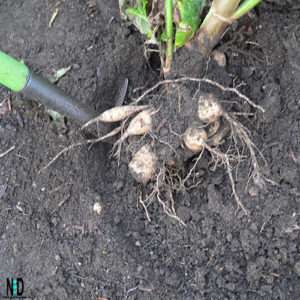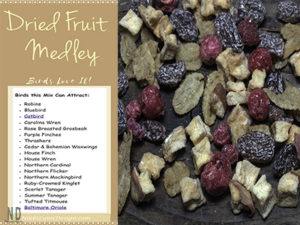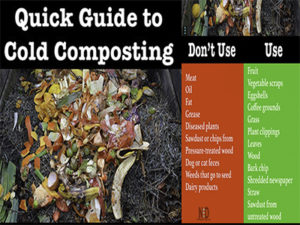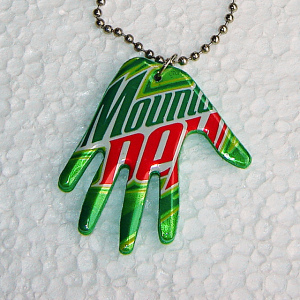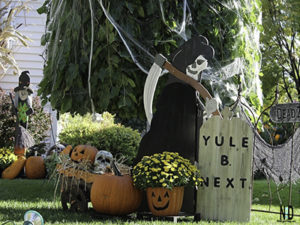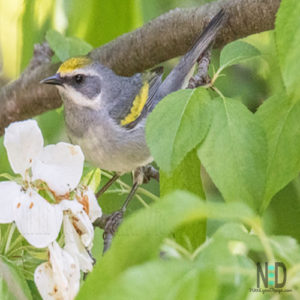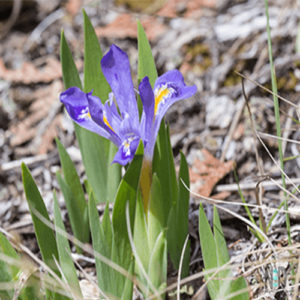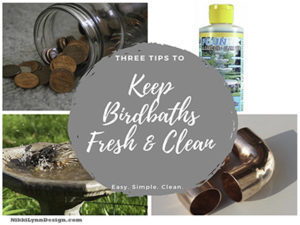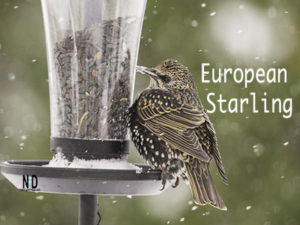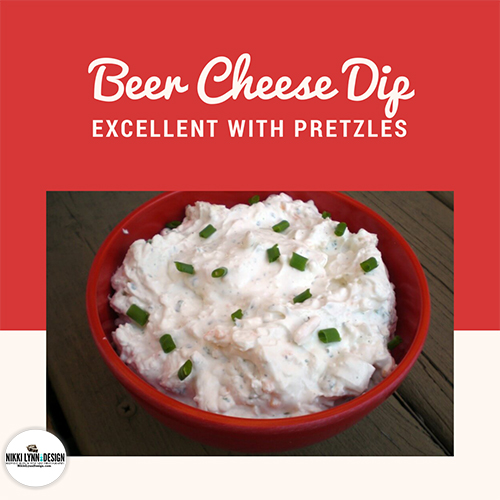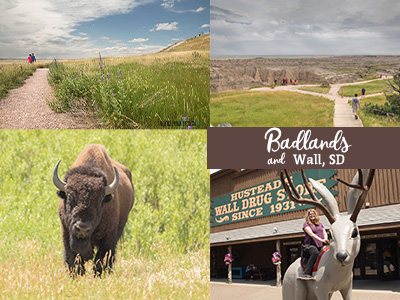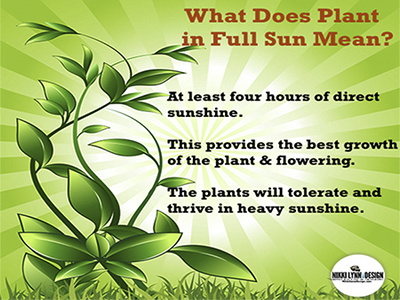Hey there, nature lovers! Today, I’m thrilled to share a little story about a humble, often overlooked plant that’s been a quiet hero in my life—plantain weed. Not to be confused with the banana-like fruit, this little green gem is a common backyard “weed” with a surprising amount of charm and usefulness. So, grab a cozy cup of tea, and let’s wander into the world of plantain together.
All Posts / Foraging / Recipes / Art/ Wildflowers & Weeds

A Personal Encounter with Plantain Weed
I first stumbled upon plantain weed (scientifically known as Plantago major or Plantago lanceolata) as a kid, playing in the overgrown patches of my great-grandparents’ backyard. My great-grandpa pointed out these tough, broad-leaved plants sprouting up between the rows of his garden. “That’s plantain,” he says with a knowing smile. “Nature’s bandage.” I didn’t think much of it back then, but years later, when I got a nasty bug bite on a camping trip, his words came rushing back. I spotted those familiar leaves, crushed one up, and pressed it to the itch. Lo and behold, the irritation eased! That moment sparked my love for this unassuming plant, and I’ve been learning about it ever since.
Plantain weed isn’t just a nostalgic memory for me—it’s a reminder of how nature often hides its best gifts in plain sight. So, let’s dig into what makes this plant so special, how you can spot it, and ways it might just become your new favorite backyard buddy.
What Is Plantain Weed?
Plantain weed is a perennial herb that thrives in just about any environment—lawns, meadows, roadsides, and even compacted soil where other plants struggle.
“If you be stung, cut, or bruised, plantain will not refuse.”
— Rustic rhyme passed down through herbal traditions
Two Types You’ll Likely Encounter
Broadleaf Plantain
(Plantago major)
With wide, oval-shaped leaves.
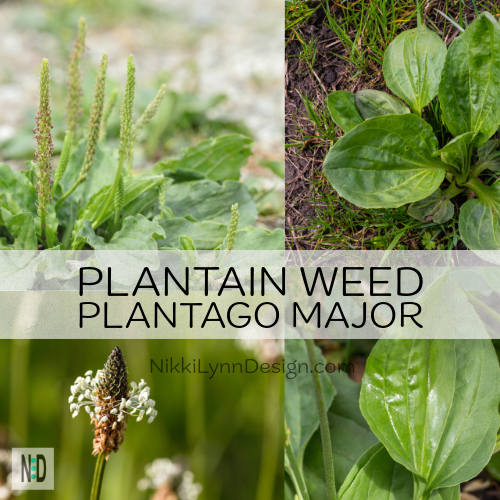
Narrowleaf Plantain
(Plantago lanceolata)
With longer, spear-shaped leaves.

Both have a distinctive rosette of leaves growing close to the ground and a central flower spike that shoots up like a tiny tower.
This plant is incredibly resilient, which is why it’s often labeled a “weed.” But don’t let that fool you—plantain has been used for centuries across cultures for its practical and medicinal properties. From ancient European herbalists to Native American healers, plantain has a storied history as a go-to remedy for minor ailments.
“The good green leaf that stops the blood and cools the fire.”
— Descriptive saying from herbal lore
How to Identify Plantain Weed
Before we get into its uses, let’s make sure you can spot plantain in the wild. Here’s what to look for:
- Leaves: Broadleaf plantain has wide, oval leaves with prominent parallel veins (usually 3-5). Narrowleaf plantain has thinner, lance-shaped leaves with the same vein pattern.
- Growth Pattern: Leaves grow in a low rosette, hugging the ground.
- Flower Spike: A tall, slender stalk rises from the center with tiny, inconspicuous flowers or seeds along its length.
- Location: Look in disturbed areas—lawns, paths, or garden edges. It loves full sun but can handle shade too.
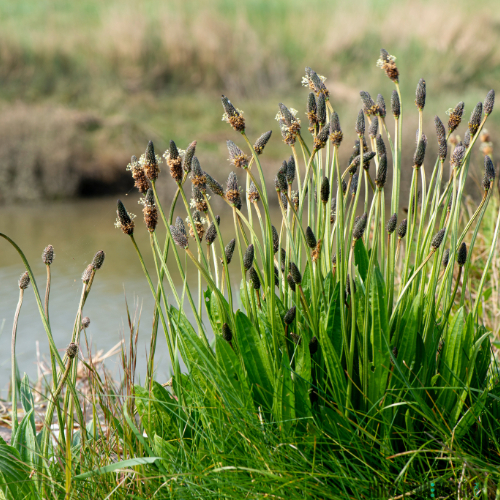
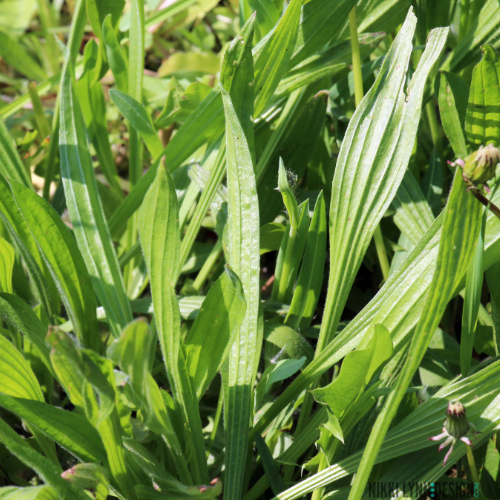
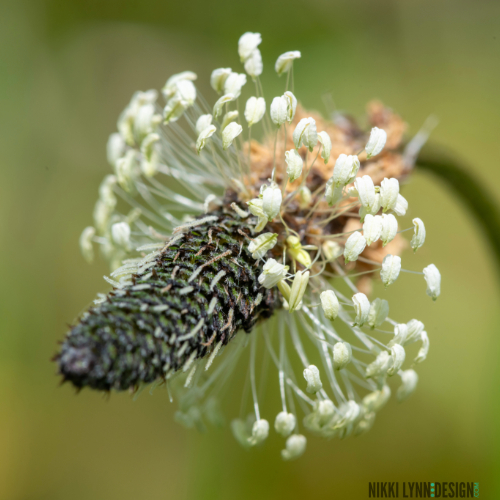
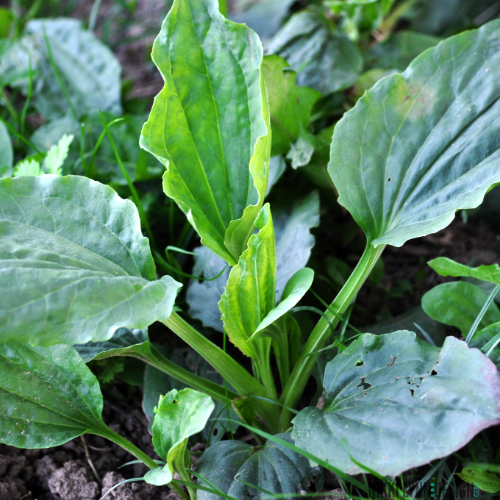
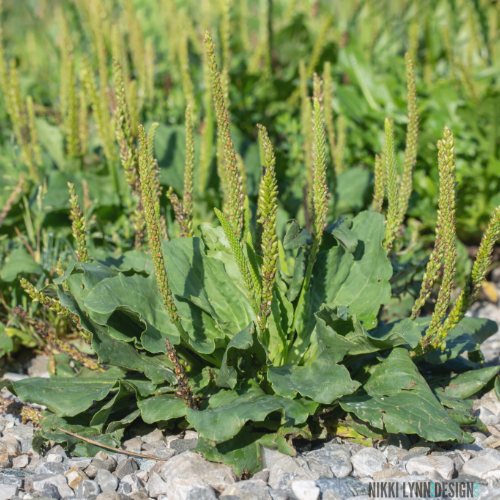
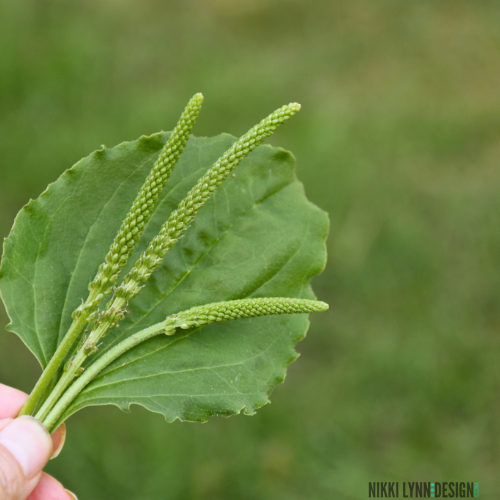
Safety Note: Always be 100% sure of a plant’s identity before using it. If you’re new to foraging, consult a field guide or local expert. Avoid harvesting from areas treated with pesticides or near roads where pollution might contaminate the plant. When in doubt, leave it out!
The Many Uses of Plantain Weed
Now, let’s talk about why plantain has earned its nickname as “nature’s bandage.” While I’m sharing traditional uses and personal anecdotes, please remember that I’m not a medical professional. Always consult a healthcare provider for serious conditions, and note that the FDA has not evaluated these claims for safety or efficacy.
1. Soothing Skin Irritations
One of plantain’s most famous uses is for minor skin issues like bug bites, stings, or small cuts. The leaves contain compounds that may have anti-inflammatory and antimicrobial properties. I’ve crushed fresh leaves into a poultice (just chew or mash them with a bit of water) and applied it to itchy mosquito bites with great relief. It’s like a little cooling hug from nature!
How to Use: Wash a fresh leaf, crush it to release the juices, and apply directly to the affected area. Cover with a clean cloth if needed. I also make plantain salve.
Disclaimer: This is a traditional remedy and not intended to diagnose, treat, cure, or prevent any disease. Consult a doctor for persistent or severe skin issues.
“The plantain leaf was born to be bruised—press it to the hurt and be whole again.”
— Traditional herbalist phrase
2. A Handy First-Aid Ally
Got a small scrape or splinter? Plantain’s leaves can be used as a natural bandage in a pinch. The leaf’s texture is tough yet flexible, and its natural properties may help keep the area clean while it heals. I’ve used this trick on hiking trips when I’ve stumbled over roots and needed a quick fix before heading back to camp.
How to Use: Clean the wound with water first, then wrap a clean plantain leaf over it. Secure with string or tape if you have it.
Disclaimer: This is not a substitute for proper medical care. Seek professional help for deep cuts or infections.
3. A Nutritious Wild Edible
Did you know plantain is edible? Young leaves can be added to salads or cooked like spinach, offering a slightly bitter, earthy flavor. They’re packed with vitamins like A and C, plus minerals like calcium. I’ve tossed a handful into a springtime salad for a wild twist—it’s a fun way to connect with the season.
How to Use: Harvest young, tender leaves (older ones get tough). Rinse well and chop into salads or lightly sauté with garlic and olive oil.
Safety Note: Only eat plants you’ve positively identified and harvested from clean, safe areas.
4. Tea for Internal Support
Some folks brew plantain leaves into a tea for soothing sore throats or supporting digestion. I’ve sipped on plantain tea during a scratchy-throat kind of day, and while I can’t say it’s a cure, it felt comforting alongside honey and lemon.
How to Use: Steep 1-2 fresh or dried leaves in hot water for 10 minutes. Strain and sip.
Disclaimer: This is a folk remedy and not FDA-approved to treat or prevent illness. Consult a healthcare provider before using herbal teas for medicinal purposes.
Growing or Harvesting Plantain Weed
Here’s the best part—plantain is everywhere! You don’t need to grow it; chances are it’s already in your yard. If you want to cultivate it for easy access, scatter seeds in a sunny spot with well-drained soil, and let nature do the rest. It’s low-maintenance and spreads easily.
For harvesting, pick leaves in the morning when they’re fresh and full of moisture. Use scissors or pinch them off gently to avoid damaging the plant. Always leave some leaves behind so it can keep growing. And, as always, harvest responsibly—don’t take from protected areas, and wash everything thoroughly before use.
A Little Plantain Magic for Your Life
As we head into the crisp days of fall, I encourage you to take a stroll outside and see if you can spot some plantain weed. It’s a quiet reminder of nature’s resilience and generosity, popping up even in the most unlikely places. Whether you use it as a quick fix for a bee sting, dry it to make oil later, or just admire its tenacity, plantain has a way of making you feel connected to the earth.
Have you ever used plantain weed, or do you have a favorite “weedy” plant with hidden talents? I’d love to hear your stories in the comments below! And if you’re as enchanted by backyard treasures as I am, don’t forget to visit me often for more nature-inspired tales and tips. Let’s keep exploring the wild together!
Until next time, keep whispering with the woods,
Nikki
All Posts / Foraging / Recipes / Art/ Wildflowers & Weeds
Disclaimer: The information in this post is for educational and entertainment purposes only. It is not intended as medical advice. Always consult a qualified healthcare professional before using any plant for medicinal purposes. The FDA has not evaluated the claims made about plantain weed for safety or efficacy. Foraging carries risks; ensure proper identification and safety precautions before harvesting wild plants.


